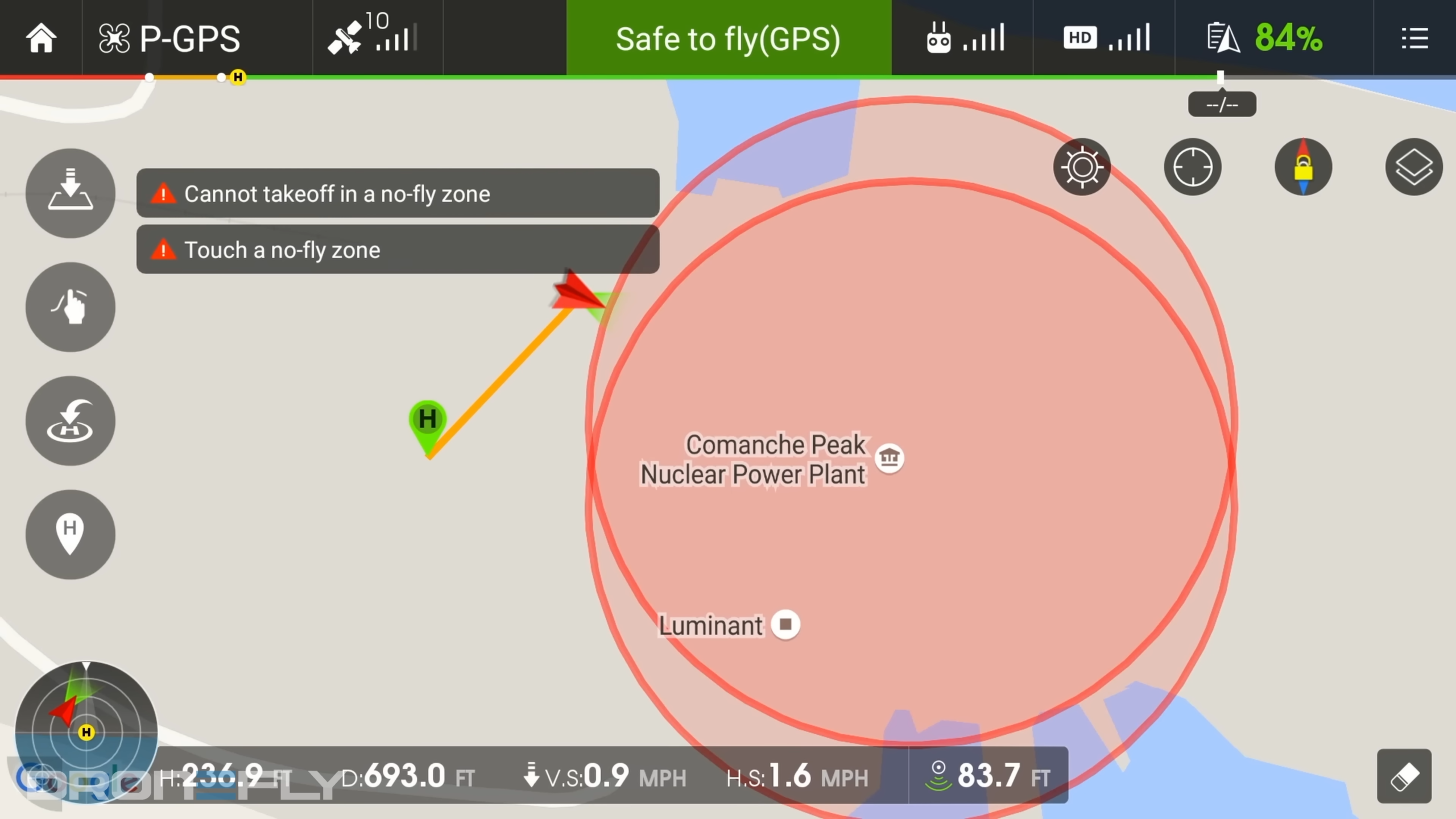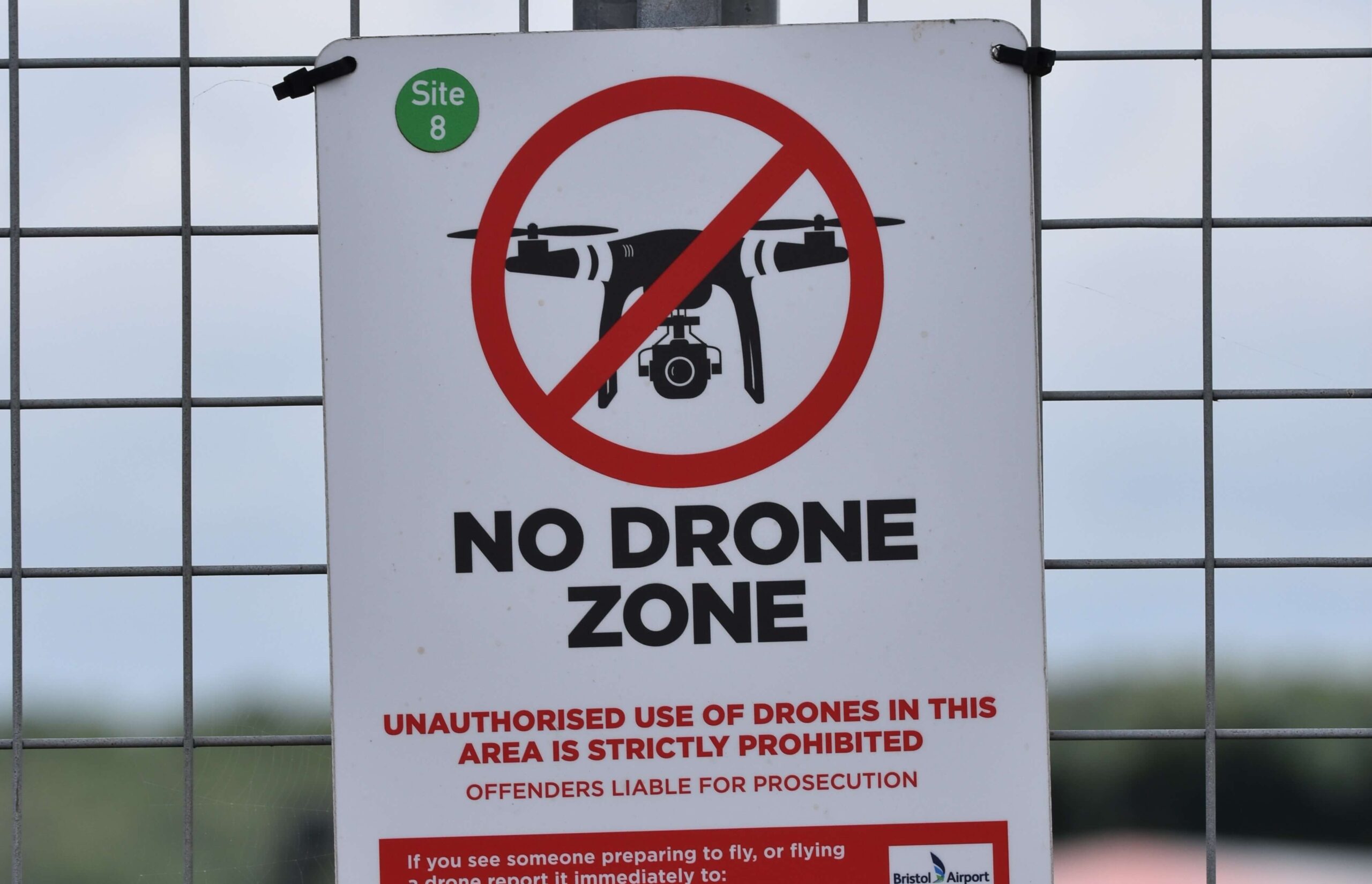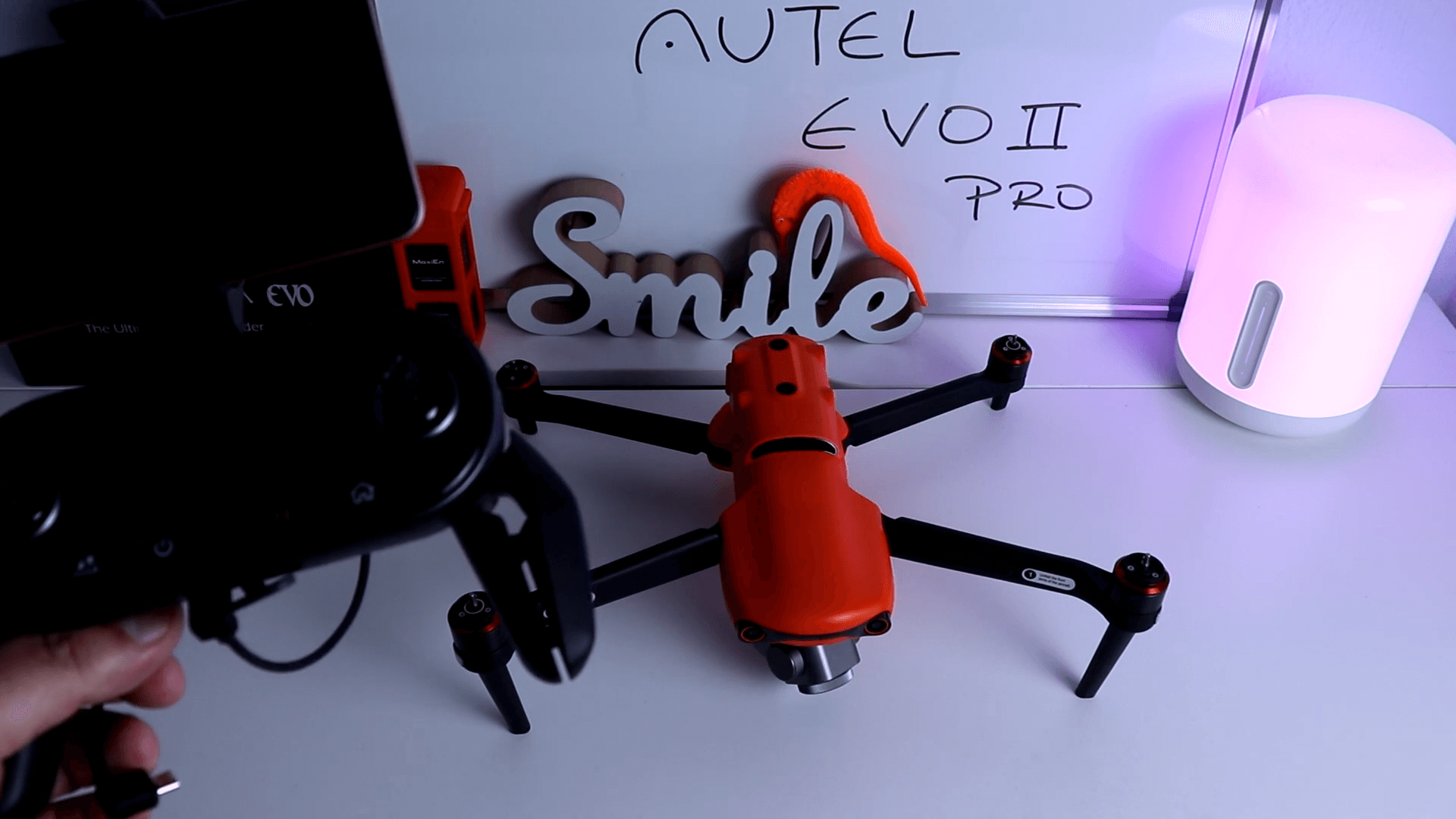Although drone use has grown exponentially across different industries, their security and reliability are yet to be established to a comforting degree to further increase their use. Drone geofencing is one of the safety measures that restrict drone use in certain areas. It uses a drone’s GPS receivers and a digital airspace chart to give warnings about no-drone zones and areas with active drone restrictions.
Drone manufacturers and regulatory agencies are big supporters of geofencing, but many drone pilots continue to express their contempt for the feature. This article has in-depth information about geofencing, including how it works, its benefits, and drawbacks.

Besides warning a drone operator when they encounter a no-fly zone, the geofencing system can render a drone or unmanned aircraft unresponsive to prevent it from flying in a restricted area. Restricted areas do not necessarily have to be government properties or public places like the airport; even you can create a geofence during training to prevent your student from flying your drone to unsafe places. A personal geofence is instrumental in preventing your drone from getting damaged in the hands of an inexperienced pilot.
To unlock the restrictions of a built-in geofencing feature, you have to secure authorization by providing information about your drone’s serial number and your identity as a drone pilot. If approved, you can operate the drone in a restricted area with strict adherence to the altitude and geographical limitations.
Drone geofencing can only work if everyone complies with the rules. Some malicious drone pilots who do not agree with the restrictive rules can ignore the warnings and operate in no-fly zones. Even if the FAA ruled that all drones be fitted with the feature, some users would still DIY drones without it and fly without the limitations.
The Federal Aviation Association Trusted Source No Drone Zone | Federal Aviation Administration FAA‘s mission is to provide the safest, most efficient aerospace system in the world. As we integrate drones into our National Airspace System (NAS), we are working to educate the drone community, stakeholders, and citizens about the rules to operate safely. www.faa.gov (FAA) defines no-fly zones, also known as no-drone zones, as areas where you cannot operate a drone or unmanned aircraft system. These areas are generally more unsafe than others to fly through. They include schools, airports, prisons, government land, and property. Geofencing helps drone operators steer clear of these areas.

in Complex Low Altitude Airspace
As small unmanned aircraft systems (UAS) are utilized in an increasingly wide variety
of commercial and civil applications, safety of flight within low altitude airspace can
be improved through use of electronic geofence systems to partition the airspace.
deepblue.lib.umich.edu
, geofencing technologies make no-fly zones more secure. Some highly sensitive areas, like military bases, are ordered to shoot down drones. With geofencing, such measures are redundant. When you fly a drone into a restricted area like a military base, you will get a warning on the app you are using to operate the drone. In some cases, geofencing may render your drone unresponsive so that it stops flying to prevent you from entering the restricted area.
Moreover, if you want to fly a drone outside of the US, you can face more strict restrictions than no fly-zones, so it’s a nice idea to check our complete guide on countries where drones are banned.
Geofencing has many pros, hence why leading drone brands like DJI and regulatory agencies are vouching for it. Even critics can agree that this technology is beneficial in various ways. In most cases, only high-end models are equipped with the most accurate geofencing feature, so it’s worth checking our reviews of the best drones under $2000 and making sure you fly your drone peacefully without breaking the laws.
This is the ultimate goal of geofencing. It prevents malicious drone pilots from endangering the national airspace. Flying too close to the airport or manned aircraft is hazardous, yet there have been multiple cases of the same. A drone with a built-in geofencing feature would not be able to fly into an airport freely. It would make the enforcement of no-fly zones a lot easier for the FAA and other regulatory agencies.
Besides safety, geofencing is a fantastic way of ensuring airspace privacy. You can create a personal geofenced site to limit your drone’s operable region. This way, a child, student, or novice using your drone during training or recreational flying would be unable to operate the drone beyond the limits you set.
Moreover, organizations like military bases, prisons, and government office premises can have total privacy with geofencing.
As mentioned earlier, for you to lift geofencing restrictions, you must provide your drone’s serial number and your identity. This makes your drone more traceable in case you do something illegal or unsafe.
Many drone pilots fly into restricted areas and are never traced and held accountable. Geofencing enhances drone pilot accountability which in turn increases airspace safety and privacy.
Geofencing’s primary line of defense is drone registration. Your drone registration number and identity are a requirement for lifting the restrictions. A drone pilot or owner who is traceable is unlikely to do something illegal with a registered drone. Without geofencing, it is possible for unregistered drones to fly in restricted areas. The geofencing feature is designed to ground untraceable drones in no-fly zones, thus inhibiting illegal activity.
Although geofencing has great benefits, many users have expressed their distaste of the feature. Some drone brands market their drones as not having geofencing feature to appeal to such customers. Here are some of the reasons why a part of the drone community is against the geofencing feature;
With the geofencing feature, you can forget about the thrill of spontaneity. You wouldn’t wake up on a random day, pack your drone and go somewhere to fly for a run. The main reason why many drone pilots are against geofencing is lack of autonomy. They are against the restrictions of drone operations, especially if they are flying responsibly.
According to an article by Government Technology Trusted Source Geofencing Stops Drones in Their Tracks The technological development is a natural evolution following the massive increase in drone operation licenses granted by the FAA since August. www.govtech.com , there are high chances that very soon your drone will fall into a geofenced area as more sensitive locations are getting geofenced. This takes away the fun of flying and may negatively affect user experience.
As mentioned earlier, many industries have adopted the use of drones in their operations. Agencies that offer emergency services are a prime example of an industry that went big on drone usage. Drones are incredibly instrumental in search or rescue activities, firefighting and law enforcement.
During emergencies, time is a crucial factor and the few minutes you spend fumbling with the geofencing system on your drone can be the difference between life and death. Although most emergency agencies normally have the authorization to operate drones in restricted areas, you can never know when a drone with geofencing restrictions may be needed to save a life.
With geofencing, you would have to plan all of your flights. The feature grounds drones and prevents them from flying in restricted areas. If the area you live in is a no-fly zone, you may not be able to fly your drone in your home. The blanket restrictions make the drone flying hobby less fun for drone enthusiasts and trained pilots.
No. Some drone brands have geofencing, while others don’t. It’s up to you to make an informed buying choice. DJI is one of the top brands fully backing geofencing. All of their brands currently have the 2nd version of their Geospatial Environment Technology (GET) feature. Other brands that have incorporated geofencing in their models are Yuneec and Parrot. Unlike DJI, they have done it in a less strict way so their users can deactivate the feature with the companion apps.
Some brands like Autel have noticed that customers are against geofencing, thus marketing their products as geofencing-free. Since drones’ popularity keeps increasing, the federal government may soon rule that all drones have the geofencing feature to ensure airspace safety and pilot accountability.
The popular industry-leading drone brand DJI has the best geofencing drones. The brand has been at the forefront of drone technology with unmatched high-quality drones that have superior hardware and design. Their software support is also unparalleled. One of our favorite models is the DJI Mini 3 Pro which is highly portable and comes with top-tier features.
If you are not a fan of the geofencing features, you can get a high-quality drone without it. Luckily, the market has plenty of options. Autel is the most popular drone brand that doesn’t incorporate the feature in their products. The brand has complied with geofencing rules in the U.S. but has not added the feature to their drones.
Some of the best drones without geofencing in the market include Autel EVO 2, GDU 02, Skydio 2+, and Yuneec Typhoon Q500.

Although they market their drones as geofencing-free units, Autel upgraded their firmware to include geofencing features in their drones. The Autel Evo 2 has geofencing features that are not as restrictive as other drone brands. The features are only valid in a few countries and are only meant to warn users that they are entering a restricted area.
Drone geofencing is a controversial subject among drone manufacturers, users, and regulatory agencies. It has pros and cons. The main pros are that it ensures airspace safety and drone pilot accountability. The main con is that it interferes with drone pilot autonomy, spoiling the fun for most drone enthusiasts. With the continuous rise of drone use, the federal government may soon issue a directive that all drones have geofencing for easy regulation of drone operations.
Drone geofencing is purely software-driven. As long as a drone has a GPS receiver, the geofencing feature can be added or removed from it with firmware updates. Your drone may not have the geofencing feature now but could in the future if the market changes or the government lays its heavy hand on drone production.